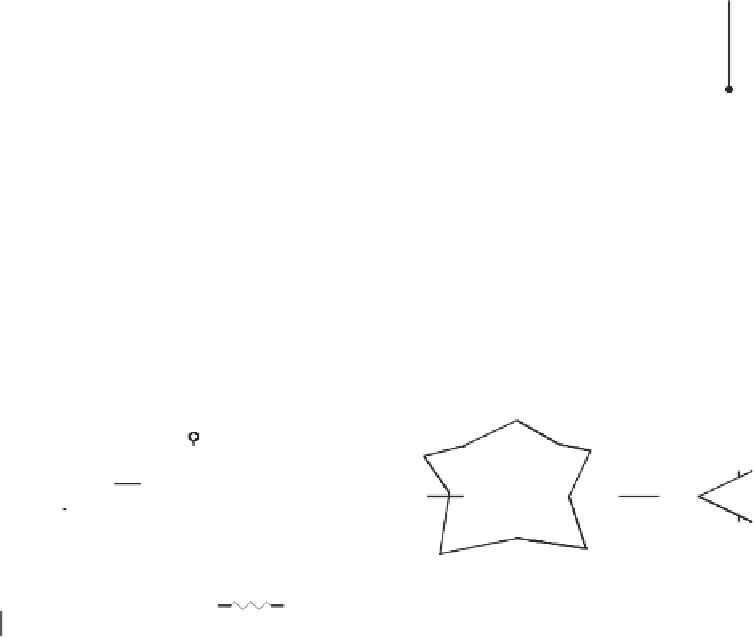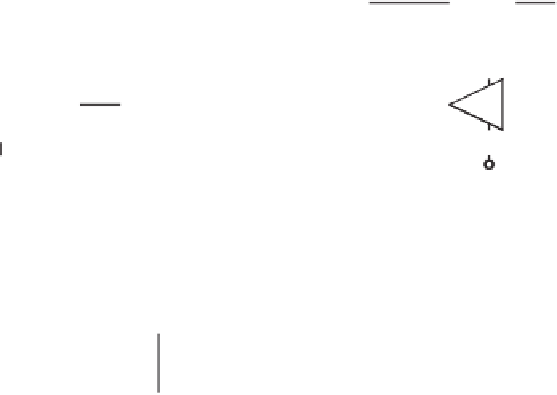Biomedical Engineering Reference
In-Depth Information
(a)
RSlave
Rf
-VSupply
-VSupply
4
RSlave
Rin
4
2
2
-
+
3
-
+
LOAD
6
6
3
A2
A1
7
Slave
Master
7
Vin
+VSupply
+
VSuppl
y
Gain = 1
Rf
____
V
Gain =
Load Max = +/- 2V
Supply
Rin
(b)
Rf
RSlave
-VSupply
-VSupply
4
4
RSlave
Rin
2
RSense
2
-
+
-
+
LOAD
6
6
3
3
Rin
7
7
Vin
+VSupply
+VSupply
Rf
Slave
Master
V
Compliance = +/- 2V
Supply
Figure 7.14
The bridge connection of two op-amps provides output voltage swings twice that of one op-amp, making it possible to reach
higher stimulation or compliance voltages in applications that operate ampli
fi
ers near their maximum voltage ratings. (
a
) Generic voltage-
output bridge connection of two op-amps. (
b
) The master ampli
fi
er can be set up as any op-amp circuit: for example, as a Howland current
pump.
electrode pair is equal to the amount of current desired. Current leak between electrode
pairs is minimized and channel isolation is improved signi
fi
cantly. Figure 7.15
c
shows
how the circuit could be built with Howland current pumps.
Charge Injection through Implanted Electrodes
Electrodes used for stimulation behave radically di
erent than electrodes that are used
only for sensing biopotentials. This is because much stronger currents need to be pro-
duced through the tissue by converting electron
ff
flow in the leads to ion movement in the
aqueous solution. Safe electrical stimulation of the nerves and muscle through direct-
contact electrodes requires this conversion to happen only through reversible charge-
injection processes. Irreversible reactions such as electrolysis result in the evolution of
gases and acid or alkali solutions that can destroy the tissues. Other harmful irreversible
faradic reactions include saline oxidation, metal dissolution, and oxidation of organic
molecules.
fl











































Search WWH ::

Custom Search